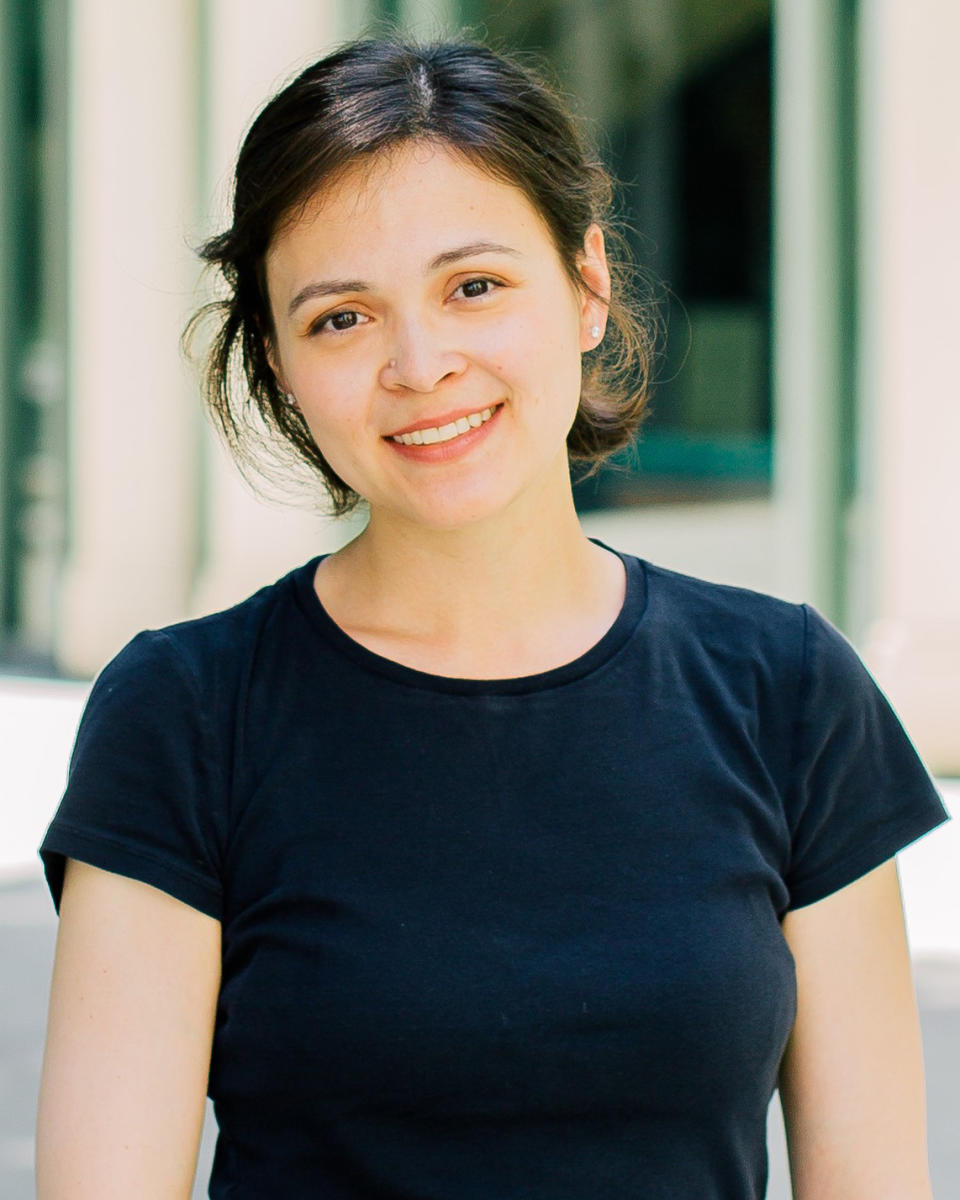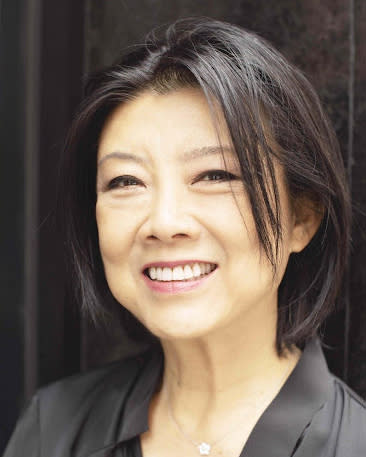Ableism and the racist model minority myth are keeping Asian Americans from disability care
- Oops!Something went wrong.Please try again later.
As a child, bestselling author Helen Hoang found socializing difficult and often felt lonely. When she was diagnosed with autism spectrum disorder at age 34, some of her life challenges finally made sense.
“My parents worked long hours when I was a child, leaving my grandma to raise me, my siblings and many cousins in a distracted manner, so whatever autistic traits I exhibited went mostly unnoticed,” she told NBC Asian America.

Her latest novel, the contemporary romance “The Heart Principle,” features a protagonist with autism and mental health issues. Hoang said her family’s lack of awareness of autism and being pressured to conform from a young age contributed to her becoming an expert at masking — the process of someone hiding their austistic traits — and not being diagnosed until later in life.
As millions of children are back in school, up to 20 percent of public school students are being served under the Individuals with Disabilities Education Act (IDEA). But when data is disaggregated by race, only 7 percent of Asian American children — the lowest of any racial group — are served.
Experts say a combination of factors, including shame, socioeconomics, cultural barriers, confusion about what constitutes a disability, the model minority myth and a reluctance to identify as being disabled have led to Asian Americans being underrepresented in the disability community. According to the U.S. Census Bureau, around 1.4 million Asian American and Pacific Islanders self-identify as being disabled.
“The fact that there’s this underrepresentation in the context of disability is multifaceted,” said Rooshey Hasnain, a disability researcher and the project director of Asians with Disabilities Outreach Project Think-Tank, or ADOPT.
In her research, she has found that disabled Asian Americans are underserved and receive lower-quality support and rehabilitation compared to other groups, including Latinos and Blacks. And a lack of Asian-specific research fails to address a diverse community of 22 million people who trace their roots to more than 20 different countries.
“If you’re a newly arrived refugee from Bhutan or Nepal, what does that mean in terms of testing and assessments that often have been done on other population groups?” Hasnain said.
“A lot of it is intergenerational, it’s terminology and how disability is viewed in terms of that individual and that family and what community they come from,” she said. “The level of complexity becomes quite interwoven and there’s no one explanation to the reality of this lack of focus or funding, this underrepresentation or misrepresentation of Asian Americans.”
Advocates say that disabled Asian Americans are often overlooked, misunderstood and simplified, not only from outside the community, but also from within. People’s education, upbringing, culture and religious and spiritual ties all play a role in how they view disability.
Tim Jin, a disability rights advocate with cerebral palsy, said some Asian Americans’ beliefs about disabilities can be “ridiculous and outrageous.”
He recalled people who believed his parents were given a disabled child due to sinful behavior since his mother was pregnant before she married his father.

“I get to meet all kinds of people in my life that try to save me from Jesus or Satan, and maybe both depending where I’m at and the situation that I’m in,” Jin said. “I get a good laugh out of them because their justifications are totally bonkers.”
Microsoft software engineer Meena Das said a relative in India believed she could cure Das’ stutter if she practiced yoga everyday and only ate vegetarian food. Other Asian Americans have been told their disability is the result of bad karma or moral wrongs.
“I strongly believe we as an Asian community need to change our mindset from ‘curing’ to ‘self acceptance’ and unabashedly asking for accommodations we need to thrive,” said Das, who founded the support group Working with Disabilities.
“Asian families tend to believe that children can power through their learning problems by ‘working harder,’ as that was my belief as well for a long time,” said Ann Hu, whose daughter Michelle’s own dyslexia journey inspired her latest film, “Confetti.”
“Seeing how Michelle struggled in the classroom and struggled to finish her homework after school between 3 p.m. and 11 p.m. every day was truly a heartbreaking experience for me. Often Michelle would pretend that she understood the question just to help me feel less stressed.”
After numerous ups and downs, the filmmaker found a special education school in New York City that changed her daughter’s life. “I resolved from being stressed to finally come to understand what ‘learning differently’ is all about,” she said.

Hu said that for many immigrant parents like herself, systemic barriers make it extra challenging to access care and services. “It will always take twice as long to understand the systems here than for the people who are born here,” Hu said.
Groups such as Asians and Pacific Islanders with Disabilities of California (APIDC), the Disability Visibility Project, ADOPT and Diversability offer disabled Asian Americans and their families much-needed support and resources, as well as the space to share their lived experiences.
These personal narratives often highlight the ableism and racism faced by disabled Asian Americans.
“When I was first trying to get disability accommodations while in college, I encountered a comment along the lines of ‘You need accommodations? Aren’t Indians math geniuses?’” Das said. “They meant this as a joke, but there are so many things wrong with this statement.”
Das said accommodations can range from requesting adjustable desks and digital copies of curriculums or modifying restrooms for accessibility.
Like many Asian Americans, she once hid her disability in the past for fear that it would make employers think she wasn’t smart enough, but today she doesn’t hesitate to ask for what she needs in order to do her job.
“I use typing instead of speaking in meetings sometimes due to my stutter. It’s just my way of communication and neither provides me an unfair advantage or a disadvantage — it provides me with a level playing field.”

